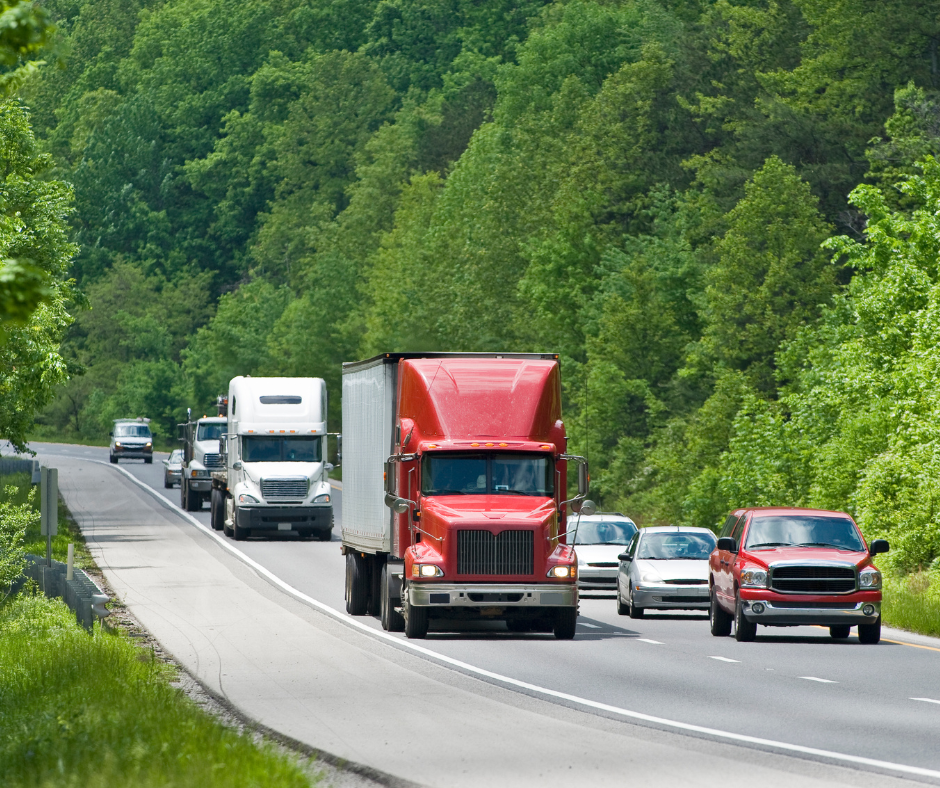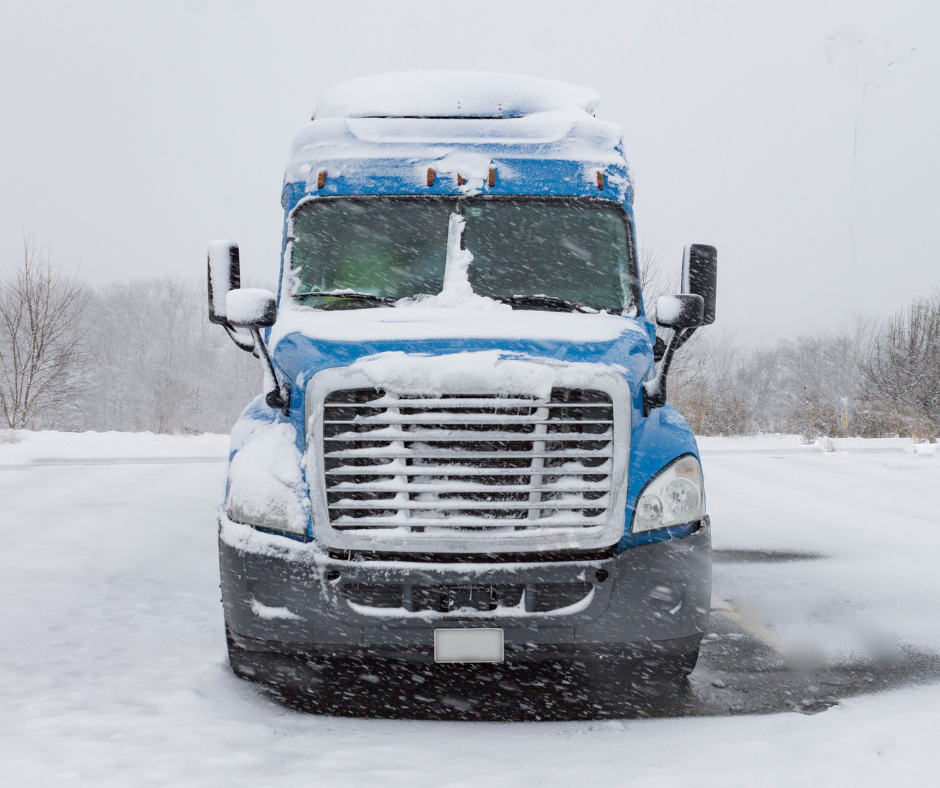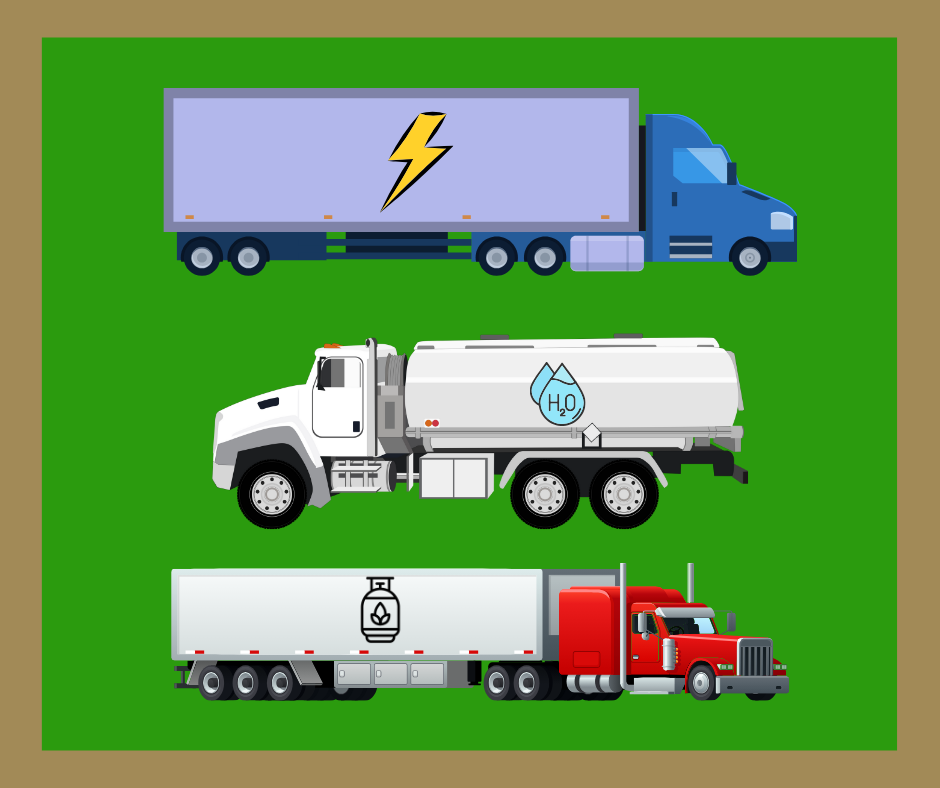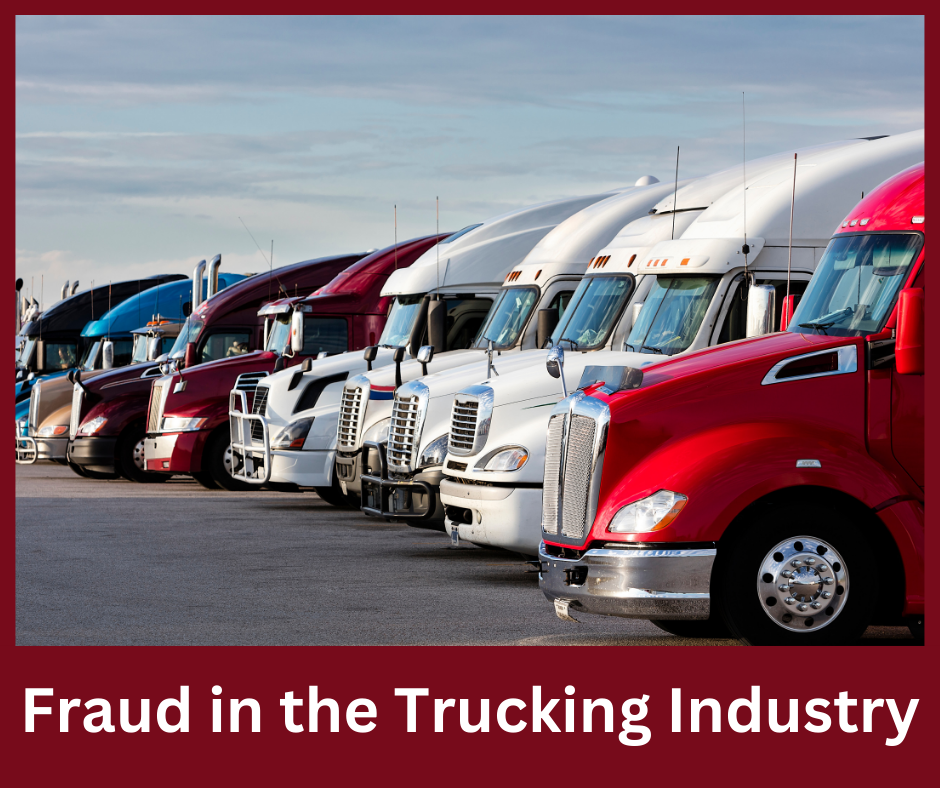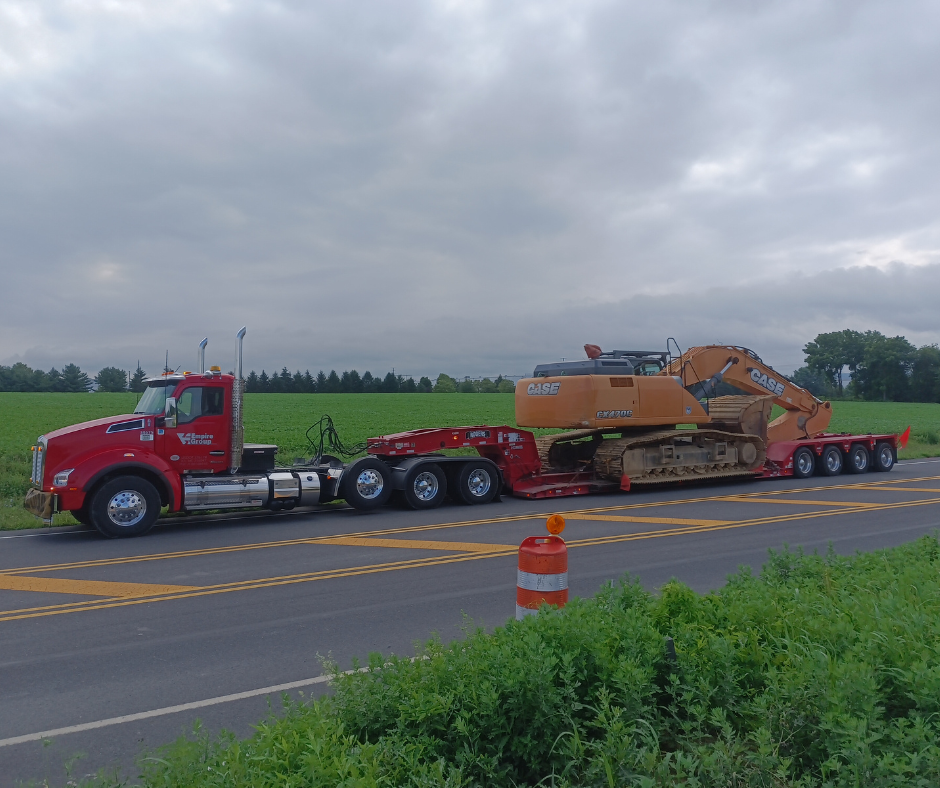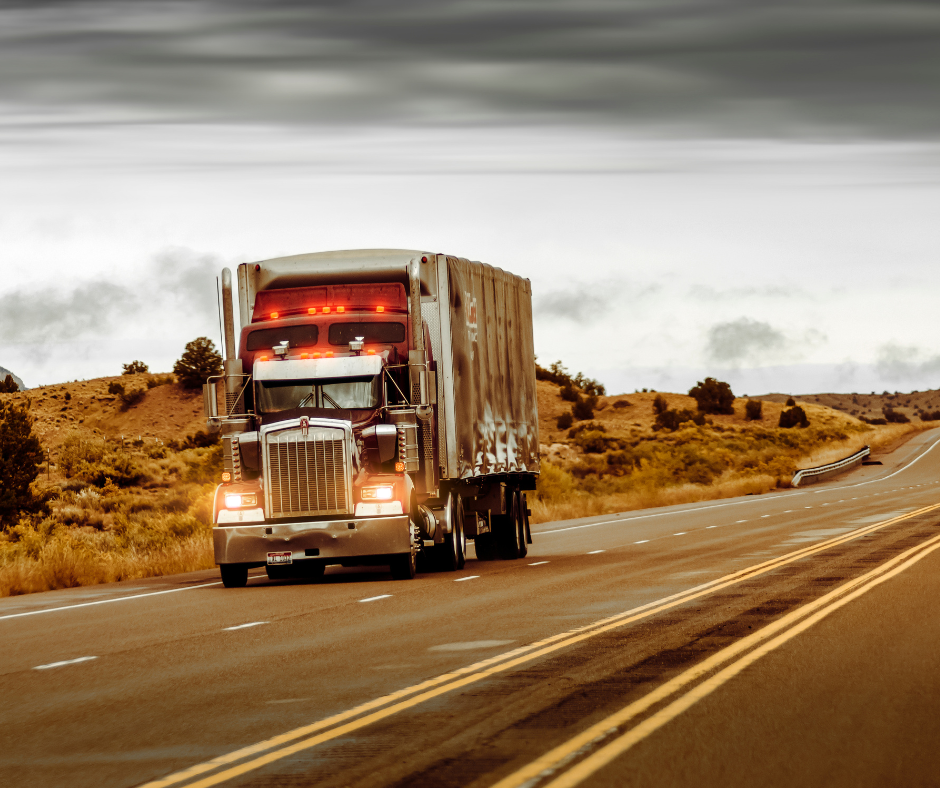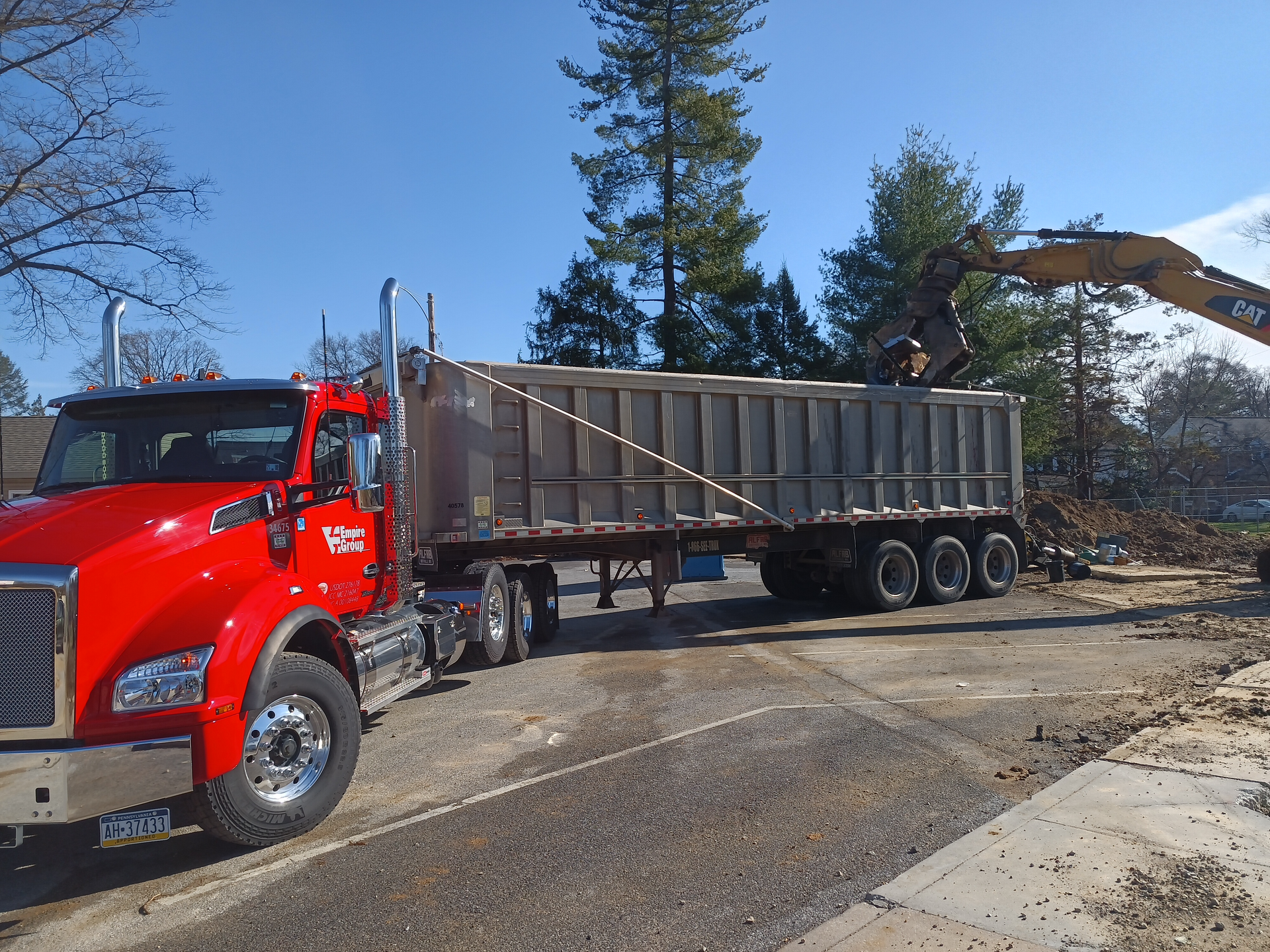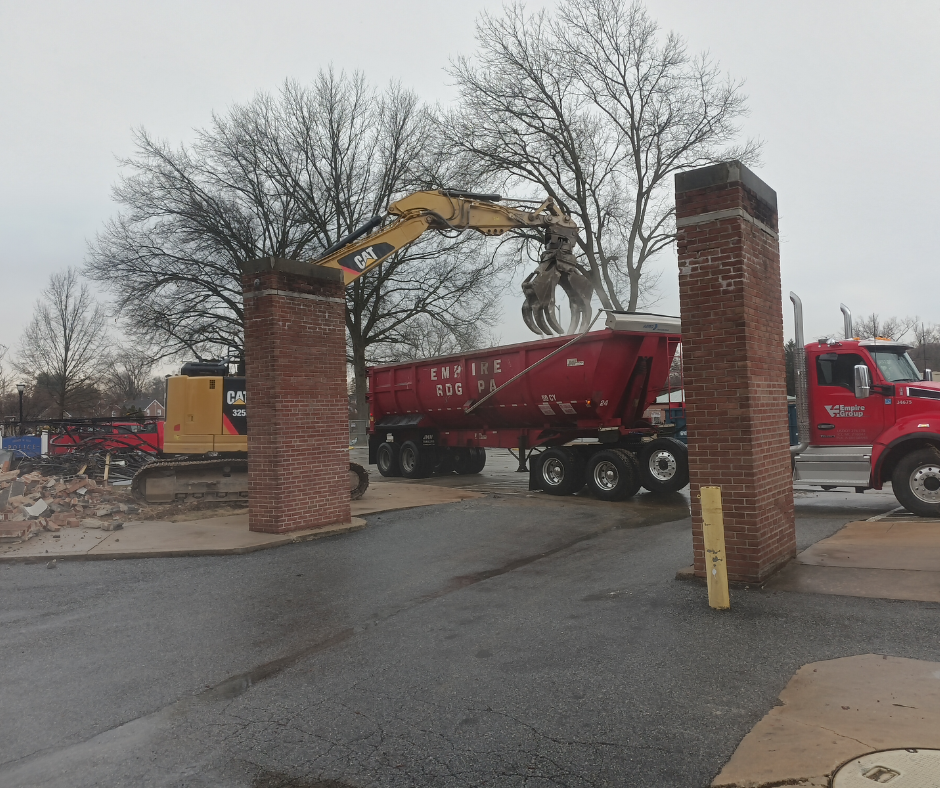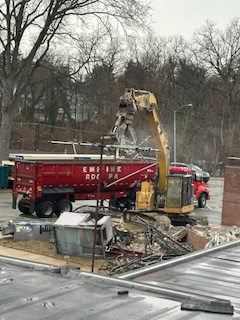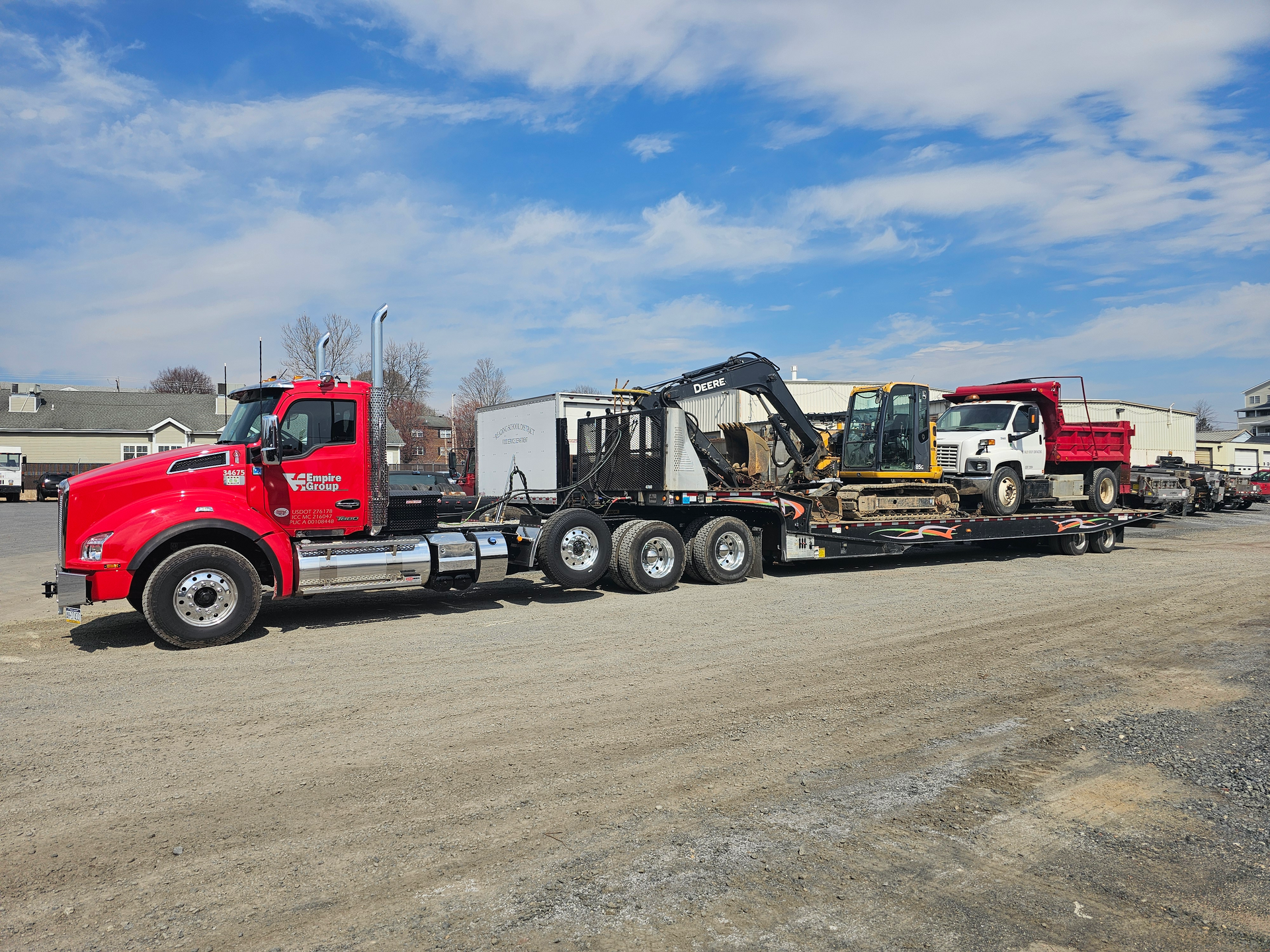When it comes to transporting heavy equipment, DVC has you covered, whether you need one piece, or several transported to a job site. Recently, we handled the transport of a 450 Excavator from Baltimore, Maryland, to Reading, Pennsylvania. Our fleet of specialized trailers makes it easy to move large machinery quickly and safely, ensuring your project stays on schedule.
Wrapping Up Winter
With warm spring weather upon us, DVC is reflecting on the past few months of successful demolition and heavy equipment transportation projects. From municipal building demolitions to moving heavy machinery across state lines, we’ve been busy providing the strategic solutions our clients need. Let’s take a closer look at some of the highlights from our recent projects.
Municipal Building Demolition
At DVC, we’re always ready to lend a helping hand to our affiliate company, Empire Services. One of the standout projects in the past few months was the demolition of key sections of a municipal building in Delaware County, PA. This large-scale demolition required a variety of trailers to transport and dispose of debris efficiently.
Empire Services expertly completed the exterior demolition, clearing the way for the building’s transformation and modernization. To ensure the safe and timely removal of demolition waste, DVC provided a range of trailers, including barrel and dump trailers, which transported debris to a local disposal facility.
Heavy Equipment Transport from Maryland
Mix of Equipment Transport in Pennsylvania
Touch-a-Truck Event: Come See Us in Action!
At DVC, we’re grateful for the opportunity to contribute to these projects and help our customers achieve their goals. As we head into the spring months, we’re excited about the projects in the pipeline and look forward to continuing to provide top-notch transportation solutions for demolition, heavy equipment, and more.
